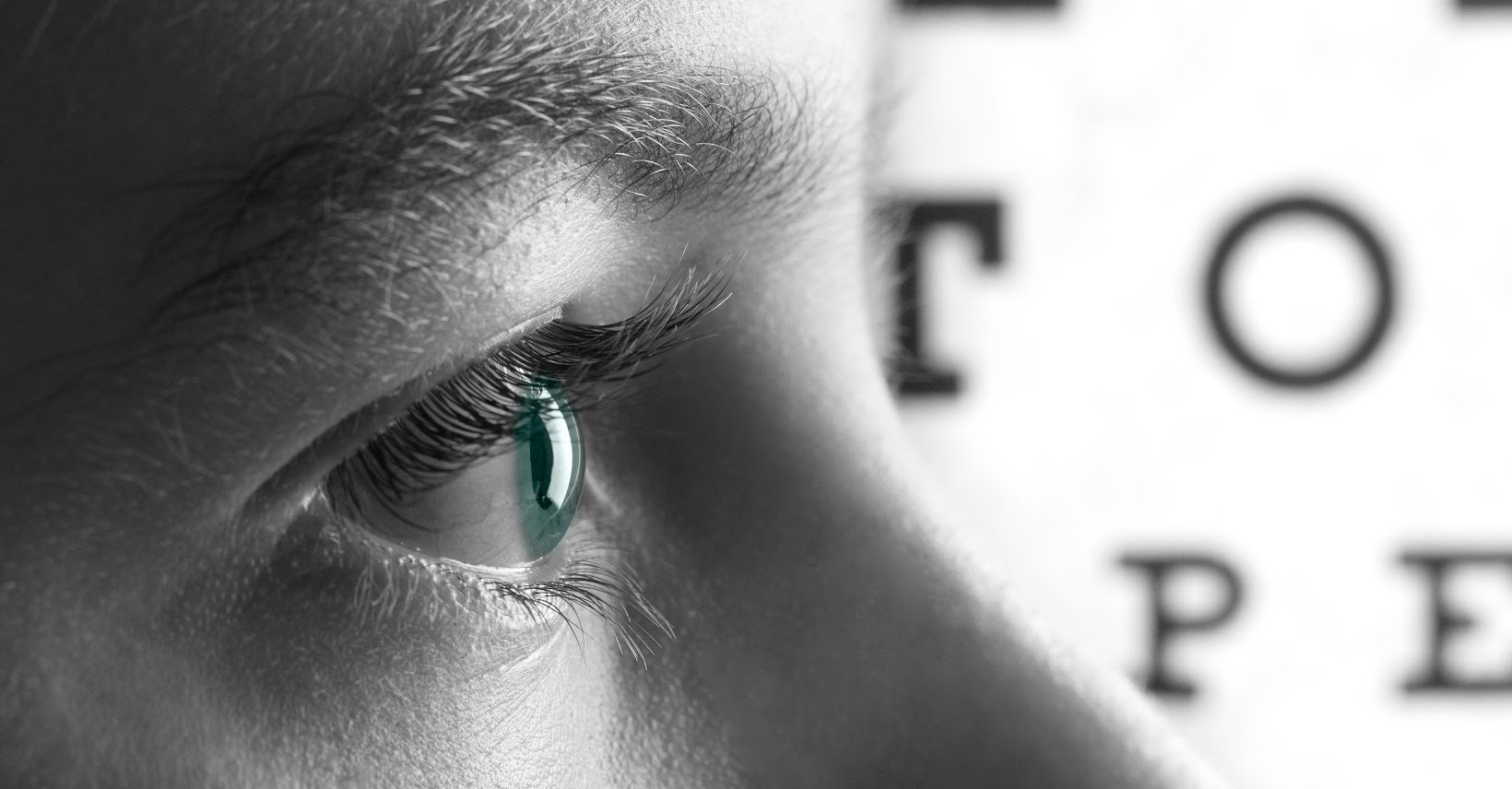
Why You Should Never Delay Keratoconus Treatment
Keratoconus (ker-uh-toe-KOH-nus) is a rare but potentially serious eye disease that affects the cornea—the clear front surface of the eye. Normally, the cornea has a dome shape, but keratoconus causes it to thin and gradually bulge outward into a cone shape. A misshapen cornea distorts light rays so that vision becomes too blurry to safely drive or perform other daily tasks.
No one is sure exactly why some people develop keratoconus. For some individuals, there appears to be a genetic link as about 1 in 10 people with the disorder have a parent with the same diagnosis. Eye allergies, excessive eye rubbing, Down syndrome, Ehlers-Danlos syndrome and other connective tissue disorders have also been connected to keratoconus.
Keratoconus Symptoms
Keratoconus is usually a slow-progressing condition, with vision symptoms that slowly decline over a period of 10 to 20 years. It often begins when a person is in their late teens or early 20s. It often affects both eyes, but not always to the same degree. This can result in obvious vision differences in each eye.
Early stage keratoconus symptoms can include:
- Mildly blurry vision
- Slight vision distortion, such as straight lines looking wavy or bent
- Eye redness
- Eye swelling
- Increased light sensitivity
As keratoconus progresses, increased astigmatism causes vision to become blurrier and more distorted. Other symptoms may include:
- Increased nearsightedness
- A need to frequently update eyeglass prescriptions
- Being unable to wear contact lenses due to eye discomfort
Complications of Keratoconus
If you’ve been diagnosed with keratoconus, it’s important to avoid rubbing your eyes. Corneal tissue is thin and easily damaged. Eye-rubbing can further damage the delicate tissue and make your symptoms worse.
Most of the time, keratoconus progresses slowly. However, in certain cases, it can escalate quickly from early- to late-stage. If the cornea swells suddenly, it can cause scarring that removes its natural smoothness. This can seriously distort vision and may require cornea transplant surgery.
Keratoconus Treatment Options
When keratoconus is mild, you may only need eyeglasses to correct your vision. Later, a special type of hard contact lenses may do a better job of keeping your vision in focus.
Intacs are small curved devices that Dr. Matzkin can surgically implant into your cornea. They help flatten the cone shape, which in turn improves vision. Another possible treatment option is collagen cross-linking. This procedure uses eye drops and a special UV light to stiffen and flatten the cornea, and can keep it from bulging further.
As mentioned above, the only real treatment for severe keratoconus is a corneal transplant. This surgical procedure replaces all or part of your damaged cornea with healthy tissue from a donor.
Keratoconus is just one of the eye conditions that can cause serious issues if ignored. A comprehensive eye exam is the first step in treating keratoconus. If you live in the metro Chattanooga area and are experiencing blurred or distorted vision, our kind and compassionate eye care professionals are here to help. Call or text us at (423) 855-8522 today to schedule an eye exam appointment.

